Top 10 of great physicists of all time (Part 2).
The study of the physics of the Universe has led us to understand a large part of the phenomena that occur in nature and the facts that surround us, although many of them are imperceptible to our senses. Many concepts and laws have been enunciated and theories have been created around this complicated science, and although we understand many of them, they still surprise us and make us question our existence.
Continuing with the top 10 series of some physicists of great importance throughout history in chronological order, according to my point of view, in this article I will proceed to enunciate the 5 remaining characters:
6 .- Albert Einstein (1879-1955).
Albert Einstein was a German physicist of Jewish origin, nationalized after Swiss, Austrian and American. In 1915, he introduced the theory of general relativity, in which he completely reformulated the concept of gravity. One of the consequences was the emergence of the scientific study of the origin and evolution of the Universe by the branch of physics called cosmology. In 1919, when British observations of a solar eclipse confirmed his predictions about the curvature of light. For his explanations of the photoelectric effect and his numerous contributions to theoretical physics, in 1921 he won the Nobel Prize for Physics and not for The Theory of Relativity, because the scientist who was entrusted with the task of evaluating it did not understand it, and feared that it might prove to be erroneous. Although considered by some as the "father of the atomic bomb", he advocated global federalism, internationalism, pacifism, Zionism and democratic socialism, with a strong devotion to individual freedom and freedom of expression. He was proclaimed as the "character of the twentieth century" and the most preeminent scientist by Time magazine.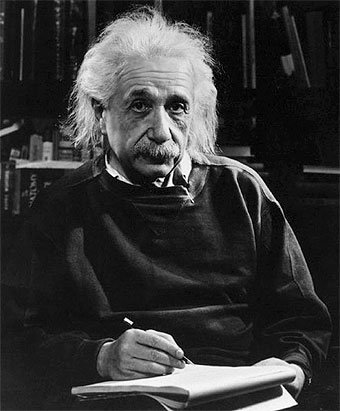
Niels Bohr (1885-1962).
Niels Henrik David Bohr was a Danish physicist who made fundamental contributions to understanding the structure of the atom and quantum mechanics. Based on Ernest Rutherford's theories on atoms, he published his own atomic model in 1913, introducing the theory of quantized orbits, which in quantum mechanical theory consists of the characteristics that, around the atomic nucleus, the number of electrons in Each orbit increases from the inside to the outside. In its model, in addition, the electrons could fall (pass from one orbit to another) from an outer orbital to an inner one, emitting a photon of discrete energy, made on which supports the quantum mechanics. In 1922 he received the Nobel Prize in Physics for his work on atomic structure and radiation. Numerous physicists, based on this principle, concluded that light had a wave-particle duality showing mutually exclusive properties as the case may be.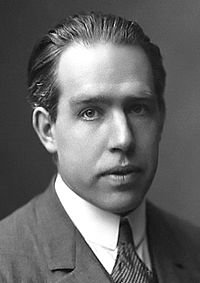
Werner Heisenberg (1901-1976).
Werner Karl Heisenberg was a German physicist. He is known for formulating the uncertainty principle, a fundamental contribution to the development of quantum theory. This principle states that it is impossible to simultaneously measure accurately the position and linear momentum of a particle. Thanks to this study he was awarded the Nobel Prize for Physics in 1932. Heisenberg organized and directed the Institute of Physics and Astrophysics of Göttingen, where he conducted research on elementary particle theory, atomic nucleus structure, hydrodynamics of turbulences , Cosmic rays and ferromagnetism.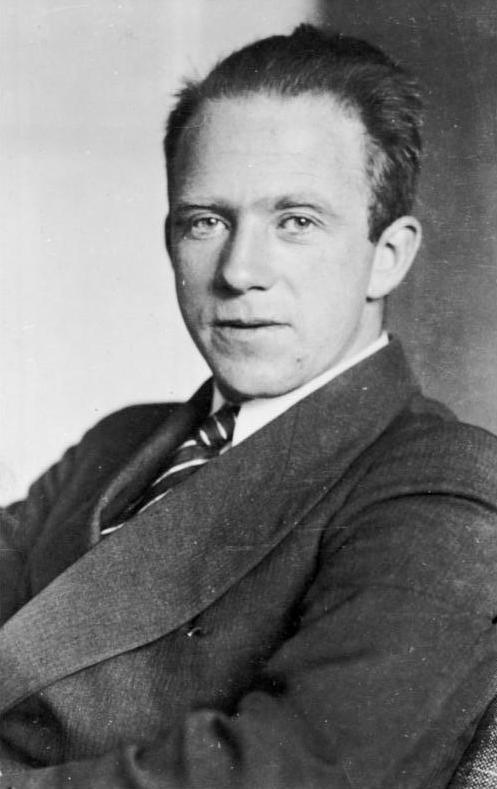
Paul Dirac (1902-1984).
Paul Adrien Maurice Dirac was a British electrical engineer, mathematician and physicist who contributed fundamentally to the development of quantum mechanics and quantum electrodynamics. Among other discoveries he formulated the equation Fermi-Dirac (with Henrico Fermi) that describes the behavior of the fermions. Dirac shared the Nobel Prize in Physics in 1933 with Erwin Schrödinger, "for the discovery of new productive forms of atomic theory." In 1926 he developed a version of Quantum Mechanics in which he combined the previous work of Werner Heisenberg and Erwin Schrödinger into a single mathematical model that associates measurable quantities with operators acting on the Hilbert vector space and describes the physical state of the system . In 1928, working on Pauli's non-relativistic spines, he found the Dirac equation, a relativistic equation describing the electron. This work allowed Dirac to predict the existence of the positron, the antiparticle of the electron, which he interpreted to formulate the Dirac Sea. The positron was first observed by Carl Anderson in 1932. Dirac also contributed to explain spin as a relativistic phenomenon. Dirac was one of the founders of quantum mechanics and quantum electrodynamics.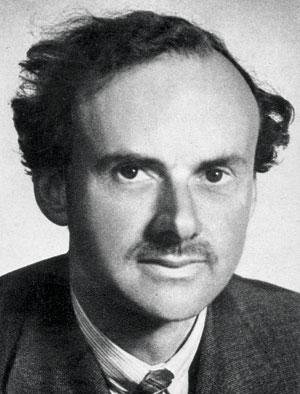
Richard Feynman (1918-1988).
Richard Phillips Feynman was a American physicist known for his work in the integral formulation of the quantum mechanics trajectory, the theory of quantum electrodynamics and the physics of the superfluidity of the subcooled liquid helium, as well as in particle physics for the That proposed the model Partridge. For his contributions to the development of quantum electrodynamics, Feynman, together with Julian Schwinger and Sin-Itiro Tomonaga, received the Nobel Prize for Physics in 1965. He developed a pictorial representation scheme widely used for mathematical expressions governing the behavior of The subatomic particles, which later became known as Feynman diagrams. He helped in the development of the atomic bomb during World War II during the Manhattan Project. In addition to his work in theoretical physics, Feynman investigated with pioneers in the field of quantum computing, and introduced the concept of nanotechnology. In a 1999 survey of the British physics magazine Physics World, of the 130 leading physicists worldwide cited, Feynman was ranked as one of the ten largest physicists of all time.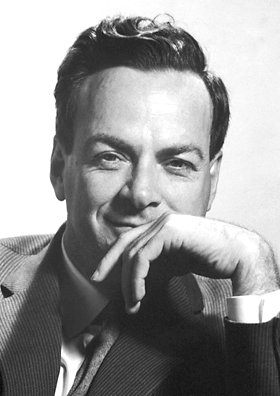
I hope you have enjoyed this series of two articles on the 10 greatest physicists in history according to my point of view. Although I am sure, every existing man or woman has contributed a part in knowledge to the world, so I think this top is short. The next one could be you, share your knowledge in science to the world.
Thanks u, Steemians.
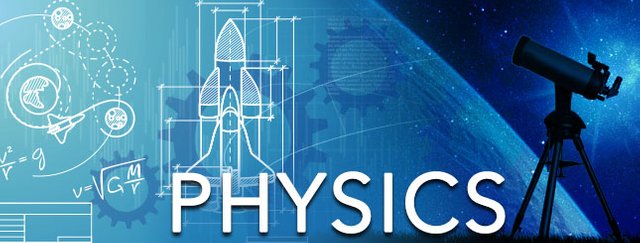
You may link Part 1.
:)